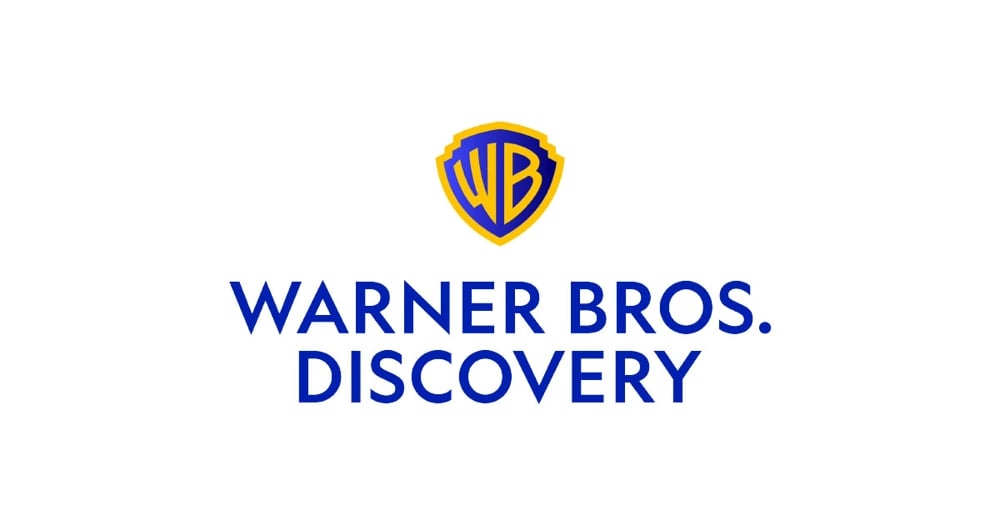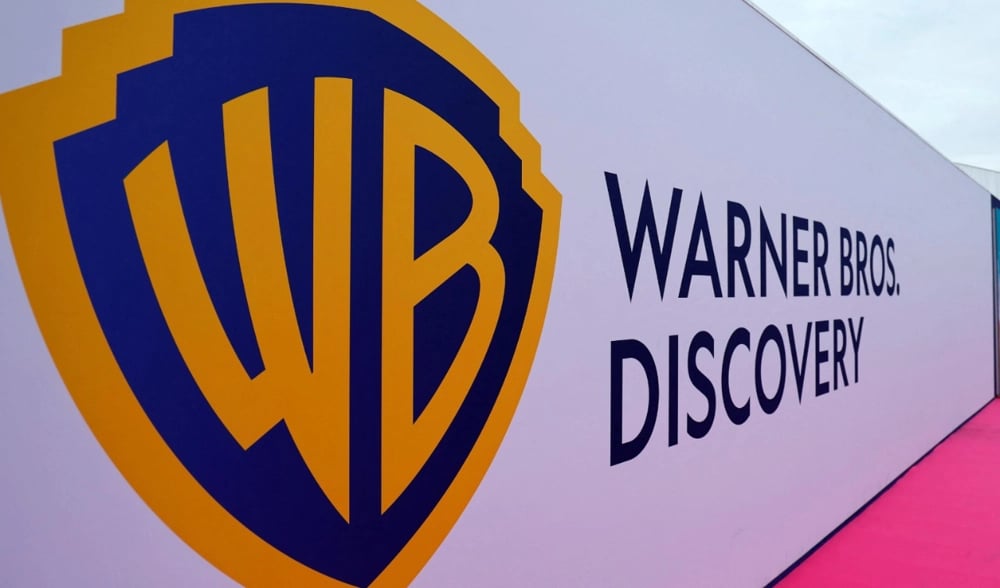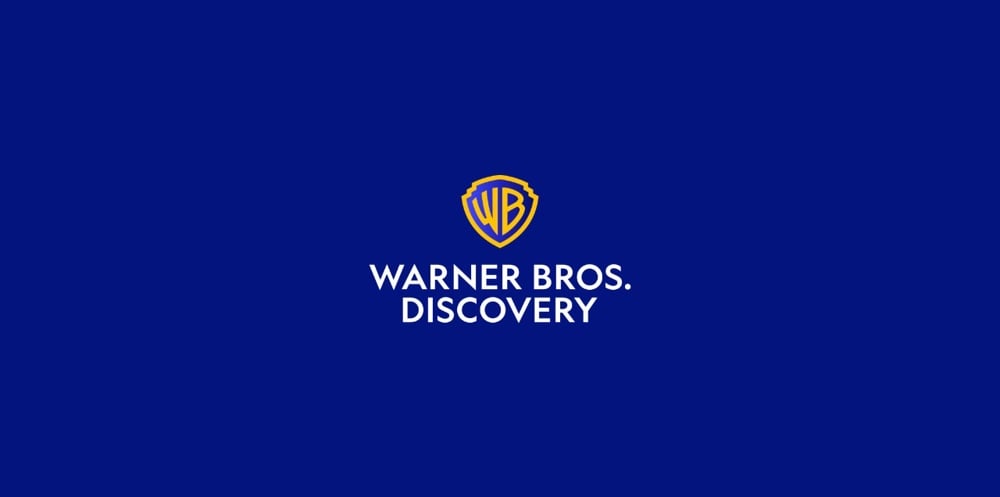Warner Bros. Discovery to Split into Two Publicly Traded Entities Amid Strategic Refocus
Warner Bros. Discovery Inc. $WBD has announced plans to spin off its streaming and studio operations into a standalone, publicly traded company by mid-2026. The move aims to sharpen operational focus and respond to shifting media consumption trends, particularly the accelerating migration from linear television to digital platforms.
Under the proposed separation, the content-centric unit — encompassing Warner Bros. Motion Picture Group, Warner Bros. Television, DC Studios, HBO, HBO Max, and the company’s extensive film and television libraries — will remain under the leadership of CEO David Zaslav. In parallel, a newly formed entity, Global Networks, will consolidate all broadcast and cable assets, including CNN, and be overseen by current CFO Gunnar Wiedenfels.

Strategic Rationale Behind the Corporate Split
The reorganization reflects a structural response to secular industry pressures. Media conglomerates continue to navigate the decline of traditional pay-TV models while competing in an oversaturated streaming environment dominated by Netflix Inc. $NFLX and Amazon’s $AMZN Prime Video.
By dividing creative production from distribution networks, Warner Bros. Discovery positions each business to pursue tailored capital strategies, partnership models, and margin profiles. This dual structure enables:
Clearer financial segmentation of high-growth versus cash-generating legacy businesses;
Dedicated leadership focus on profitability in distinctly different business cycles;
Increased optionality for future M&A, strategic alliances, or potential asset sales;
Investor transparency, enhancing valuation clarity for each unit;
Operational autonomy, minimizing cross-subsidization between structurally divergent units.
The decision follows the internal restructuring already completed earlier in 2025, where the company was split into two divisions to improve cost control and strategic alignment.

Implications for Shareholders and Industry Dynamics
The planned separation could offer upside for investors if the market assigns higher multiples to the capital-light, IP-driven content entity. Legacy network assets, while facing secular headwinds, remain profitable and continue to generate significant free cash flow — a feature valued in dividend- or debt-reduction strategies.
However, the move also signals deeper systemic challenges within the entertainment industry. High content costs, subscriber saturation, and shifting viewer preferences have squeezed margins across the board. Warner Bros. Discovery’s strategic pivot comes amid a broader wave of industry consolidation and rationalization, as players seek scale or specialization to survive the prolonged post-pandemic volatility. Analysts expect this separation to accelerate interest in vertical or horizontal integration plays — especially as regional players and tech entrants look to acquire legacy libraries or linear distribution channels.

Competitive Pressures Mount Across Streaming and Legacy Media
The cost-heavy nature of the streaming business model — driven by original content acquisition, platform development, and international expansion — has left many legacy media houses vulnerable. WBD’s move to decouple its high-burn streaming segment from the stable cash flows of linear networks reflects growing skepticism around the viability of bundled conglomerates in an era of niche consumption.
Streaming remains a volume game, where scale determines pricing power and churn reduction. Yet, as Netflix and Disney $DIS consolidate their leads, mid-sized players are increasingly pressured to either merge or divest. WBD’s latest maneuver, while aimed at unlocking shareholder value, also underscores the structural limits of integration once viewed as synergistic. Fragmentation may be a prerequisite for long-term survival.















Comments